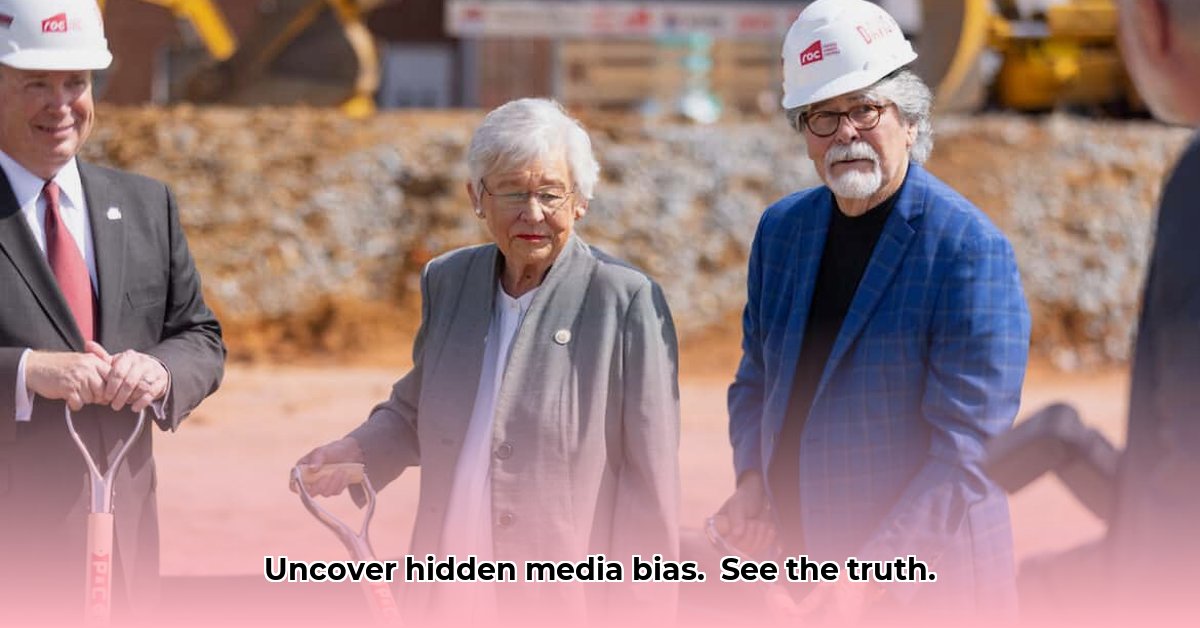
Ground News Randy isn't your average news app; it's a media literacy tool designed to empower users to critically evaluate news sources. In an era of rampant misinformation and partisan polarization, Ground News aims to cut through the noise by aggregating news from a diverse range of sources and providing a visual representation of their potential biases. But does it succeed? This in-depth review explores Ground News Randy's functionality, strengths, weaknesses, and potential societal impact.
Diving Deeper into Ground News Randy's Functionality
Ground News Randy's core functionality revolves around its unique aggregation and bias detection algorithm. It pulls news stories from over 50,000 sources, presenting users with multiple perspectives on the same event. This multi-perspective approach is its chief strength, directly combating the filter bubble effect often found on social media and personalized news feeds. The app uses an algorithm—the precise details of which are not fully public—to assess bias, assigning a score to each article. These scores, however, aren't intended to label news as definitively "true" or "false," but rather to highlight potential slants or angles. The visual representation of bias scores, using a "Bias Bar," is a clear and intuitive way to compare the leaning of different news sources on the same story.
Ground News Randy: Strengths and Weaknesses
Ground News Randy offers several compelling advantages: its vast source coverage provides a truly panoramic view of current events, the bias scores offer a helpful guide in identifying potential slants, and the app fosters the development of critical thinking skills. By actively encouraging users to compare and contrast viewpoints, it implicitly promotes media literacy.
However, the platform is not without its limitations. The opacity of its algorithm is a significant concern; the lack of complete transparency raises questions around the potential for biases embedded within the algorithm itself. Furthermore, the subjective nature of defining "bias" presents inherent challenges in accurately assessing it. The app relies on other organizations' bias scores; therefore, its accuracy is directly tied to the accuracy and methodologies of those organizations. Finally, interpreting the bias scores correctly is crucial, and user misinterpretation remains a potential concern.
A Real-World Test: Navigating Complex Narratives
While specific examples of Ground News' performance on a particular event like the Trump-Zelenskyy press conference are not detailed, the concept illustrates a key strength. By presenting multiple perspectives, it highlights how differently the same event can be portrayed, dependent on the political leaning of a news source.
Actionable Insights for Different Stakeholders
The success of Ground News Randy depends on the collaborative effort and understanding from diverse stakeholders:
| Stakeholder | Short-Term Actions | Long-Term Goals |
|---|---|---|
| Ground News Developers | Increase algorithmic transparency, actively solicit and incorporate user feedback, refine bias detection methods. | Develop even more precise and reliable bias detection, integrate fact-checking capabilities, expand source coverage significantly. |
| Educators | Integrate Ground News Randy into curriculums as a valuable media literacy tool. | Design comprehensive media literacy programs using the platform, providing teacher training on effective usage. |
| Researchers | Conduct independent research and audits to validate the accuracy and identify potential biases within the algorithm. | Investigate the platform's long-term effects on media consumption habits and critical thinking development. |
| General Public | Utilize the platform to consult multiple news sources before forming opinions. | Cultivate habits of critical thinking and informed decision-making based on comprehensive information gathering. |
The Future of Ground News Randy: Challenges and Opportunities
Ground News Randy's potential is vast, but its long-term success hinges on several factors. Addressing concerns about algorithmic transparency is paramount to building user trust. Further research into potential biases in the algorithm is crucial, and user education on interpreting bias scores effectively must be a priority. The regulatory landscape surrounding such platforms will also need careful monitoring. Despite these challenges, Ground News Randy offers a valuable contribution to the ongoing struggle for media literacy in the digital age.
Key Considerations: The limitations of Ground News Randy underscore the need for ongoing critical evaluation of any media source, regardless of its bias rating. Users should cultivate media literacy skills and engage in active, informed scrutiny of the information they consume. While the app provides a powerful tool, it’s ultimately the user's responsibility to interpret information thoughtfully and critically.